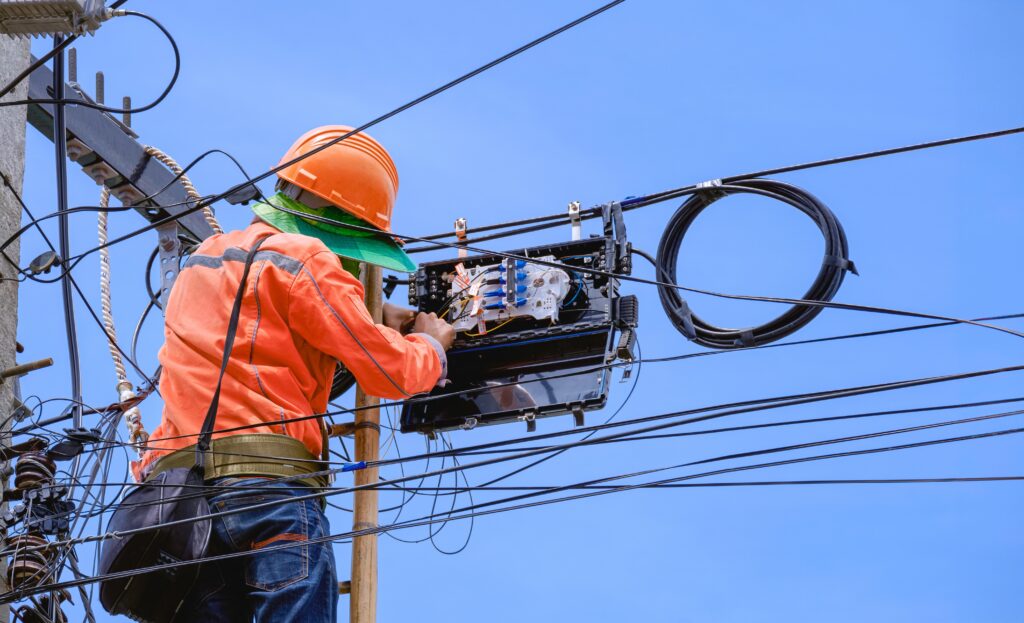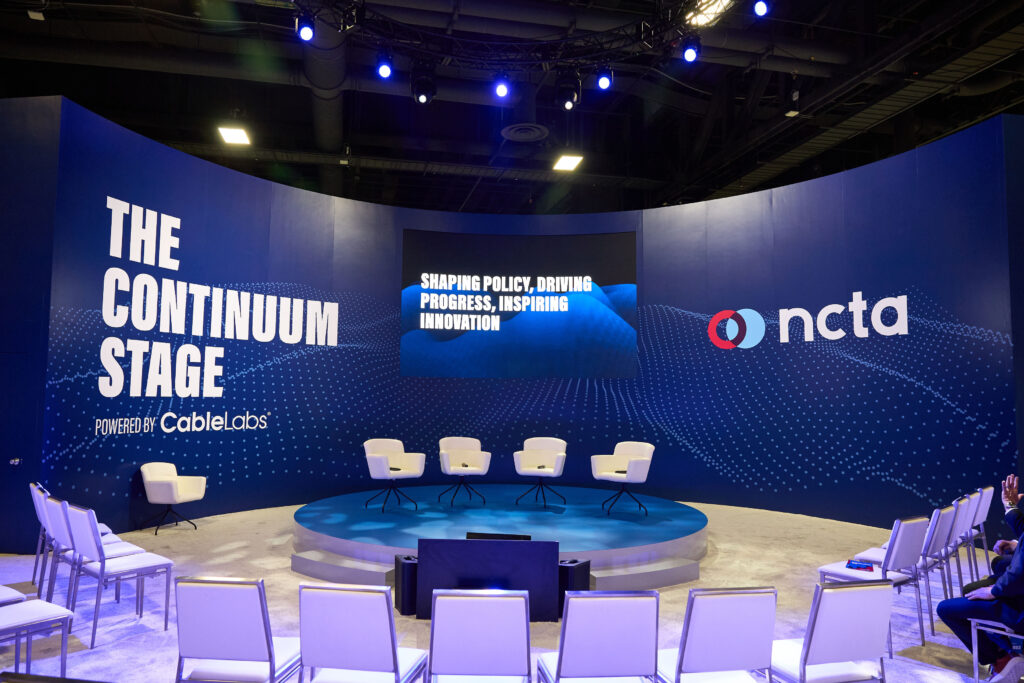While predicting the future is always a tricky proposition, one area that we can foresee with absolute certainty is that consumers will continue to demand seamless connectivity to all of their devices no matter where they are. But ensuring that a wide range of providers can meet this escalating demand requires creative solutions to put underutilized spectrum to work.
That is why we commend the FCC, and appreciate Commissioner O’Rielly’s leadership, in nearing completion of the framework for bringing to market 150 megahertz of underutilized spectrum in the 3.5 GHz band. Given the challenges in making this mid band spectrum usable for 5G, the Commission has settled on a plan that will ensure intensive utilization by many small, medium, and large providers.
Since the FCC first adopted rules for this band in 2015, the cable industry has been investing heavily in research and testing Citizens Broadband Radio Service (CBRS) operations. Large and mid-size operators, including Charter, Comcast, and Midco, are conducting trials across the nation and exploring use of the band for both fixed and mobile use cases, in urban, suburban, and rural markets. Use cases range from deploying 5G small cells for capacity increases in urban areas, fixed wireless links to bring broadband connectivity to unserved rural areas, IoT or machine-to-machine deployments in factories and businesses, neutral host deployments, and private LTE networks in managed buildings or on campuses.
With many possible use cases for the band–from more traditional wireless networking to more targeted deployments, and from urban capacity to rural coverage–county-sized licenses strike an appropriate balance between enabling investment by larger operators with wide-area deployment plans and smaller operators seeking to cover discrete areas. These smaller license sizes will enable new entrants to leverage infrastructure assets for more efficient deployment, allowing them rapidly to provide competitive wireless broadband service.
The county approach also significantly reduces the auction complexity, border coordination and interference, and license management issues associated with small, census-tract-sized licenses. At the same time, as the building blocks for larger licenses, counties can be aggregated up to match nationwide carrier footprints.
Counties also will preserve the low barriers to entry that the Commission had in mind when it first adopted smaller-than-typical license areas. Counties will be more affordable than traditional, large license areas, broadening the appeal for smaller entities to provide service. Moreover, small providers will be able to bid on rural counties that are often swept up into costly large license areas that are valued primarily because of a single urban center.
Combined with new secondary market rules, we are confident that the licensing rules teed up in the draft Order will promote competition and innovation, maximize auction participation, and ensure quick deployment of wireless broadband.
Where spectrum is lying fallow, or is so underutilized as it is in the 3.5 GHz band, it is important that the Commission continue to find creative ways to put the spectrum to work. We look forward to working with the Commission as it identifies other bands that could be put to work for Americans across the country.









